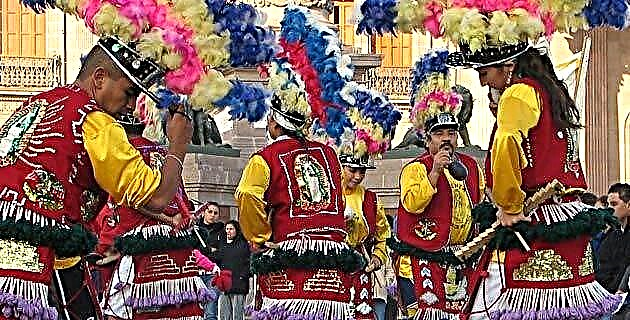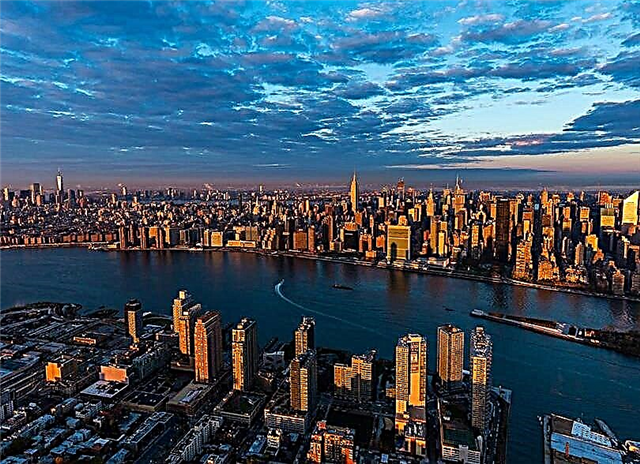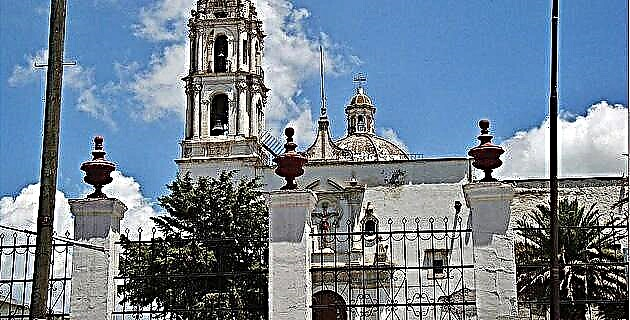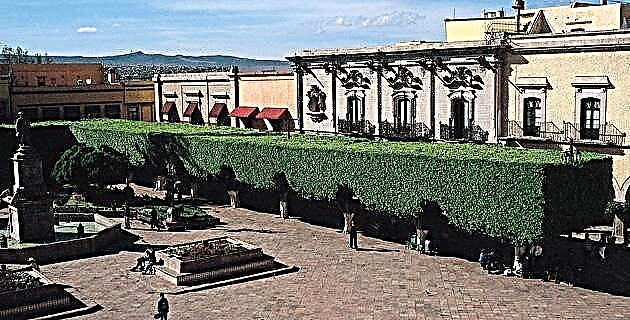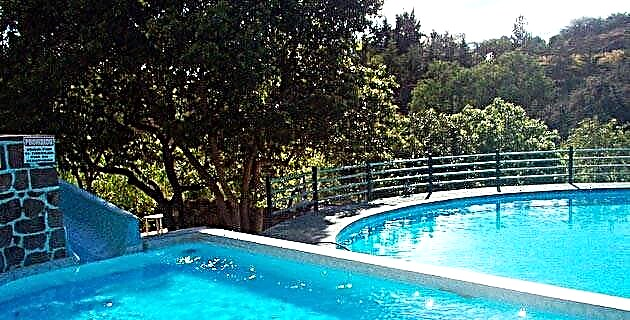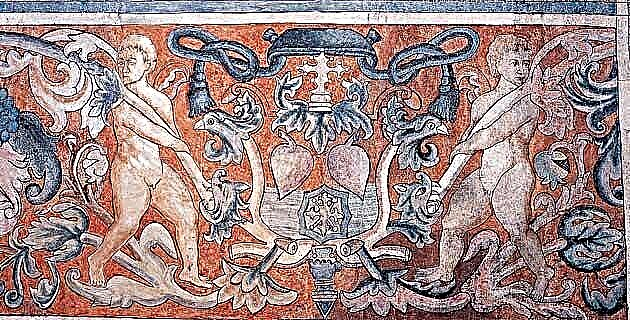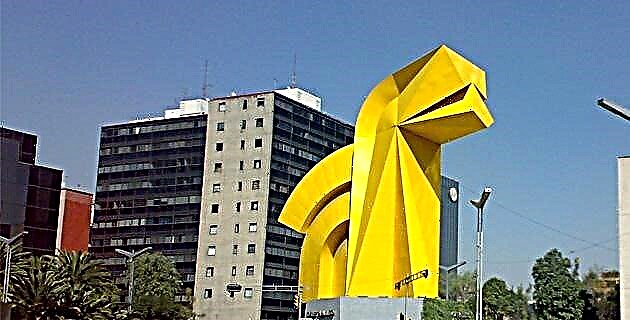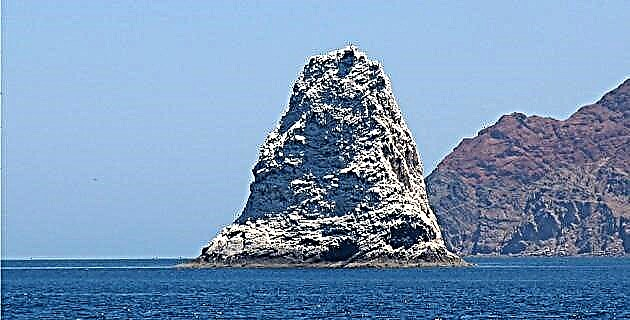
One of the most beautiful places in our unknown Mexico is undoubtedly Angel de la Guarda Island. Nestled in the Sea of Cortez, it is, with its 895 km, the second largest island in this sea.
It is formed by a huge mountainous group that emerges from the seabed, and reaches its maximum height (1315 meters above sea level) near the north end. The rugged terrain creates an unimaginable variety of fantastic landscapes, in which sepia tones predominate due to the aridity of the place.
Located just 33 km northeast of the town of Bahía de los Ángeles, in Baja California, it is separated from the continent by the deep Canal de Ballenas, which has a width of 13 km in its narrowest part, and is characterized by the constant presence of different whales, of which the most frequent is the fin whale or fin whale (Balenoptera physalus) which is only surpassed in size by the blue whale; This is the reason why this portion of the sea is known as a Channel of Whales. The great wealth of this water allows a population of these immense marine mammals to exist, which throughout the year feed and reproduce without having to migrate in search of food, as in other regions.
It is also common to observe large groups of various dolphins that come close to the island's shores; the most abundant species, the common dolphin (Delphinus delphis), is characterized by forming huge herds of hundreds of animals; There is also the bottlenose dolphin (Tursiops truncatus), which is the one that delights visitors to the dolphinariums with its acrobatics. The latter are probably a resident group.
The common sea lion (Zalophus californianus) is one of the most distinguished guests of the Guardian Angel. It is estimated that in the reproductive season the number of these animals represents 12% of the total existing in the entire Gulf of California. They are mainly distributed in two large wolfholes: Los Cantiles, located in the extreme northeast, which groups approximately 1,100 animals, and Los Machos, where up to 1600 individuals have been registered, which is located in the middle part of the West Coast.
Other mammals that inhabit the island are rats, two different species of mice and bats; The latter do not know if they remain all year round or if they only stay for seasons. You can also find 15 different species of reptiles, including two subspecies of rattlesnakes that are endemic (a term that characterizes the unique organisms of a place), the spotted rattlesnake (Crotalus michaelis angelensis) and the red rattlesnake (Crotalus ruber angelensis).
Ángel de la Guarda is also a heavenly place for bird lovers, who can find countless of them there. Among those that attract attention for their beauty we can mention ospreys, hummingbirds, owls, crows, boobies and pelicans.
Botanists can also satisfy their demanding tastes, since a large number of the most beautiful plants of the Sonoran desert can be seen, and not only that: the island has five exclusive species.
It seems that man has never permanently lived in Guardian Angel; the presence of the Seris and probably the Cochimíes was limited to brief visits to hunt and collect plants. In 1539 Captain Francisco de Ulloa arrived at Ángel de la Guarda, but because it was so inhospitable there were no later attempts at colonization.
Attending to rumors that bonfires were observed on the island, in 1965 the Jesuit Wenceslao Link (founder of the mission of San Francisco de Borja) toured its coasts, but found no settlers or traces of them, which he attributed to the lack of water , for which he made no attempts to enter and get to know the island better.
Since the middle of the century this place has been temporarily occupied by fishermen and hunters. In 1880, the sea lions were already intensively exploited, to obtain their oil, skin and meat. In the sixties, only animal oil was extracted, with the sole purpose of diluting shark liver oil, so that 80% of the animal was wasted, and made hunting wolves an absurd and unnecessary act.
At present, camps for sea cucumber fishermen are temporarily established, as well as fishermen for shark and other fish species. Since some of them are not aware of the danger that this represents for the conservation of the species, they hunt the wolves to use them as bait, and others place their nets in areas where there is a high traffic of animals, causing them to be trapped and, consequently, there is a high mortality rate.
Currently, the number of boats with “sport fishermen” has increased, who stop on the island to get to know it and take a close-up portrait with the sea lions, which if not regulated may in the future disturb the reproductive behavior of these animals and lead to affect the population.
Other regular visitors to Ángel de la Guarda are a group of researchers and students from the Marine Mammal Laboratory of the Faculty of Sciences of the UNAM, who since 1985 carry out studies of sea lions, during the period from May to August, as this is the time of its reproduction. And not only that, but with the valuable support of the Mexican Navy they expand the investigations of these animals in the different islands of the Sea of Cortez.
Recently, and due to the importance that these ecosystems represent, the Angel de la Guarda Island Biosphere Reserve was decreed. This first step has been very important, but it is not the only solution, since it is also necessary to carry out immediate actions such as regulation and custody of vessels; programs for the adequate use of fishery resources, etc. However, the solution is not to solve problems, but to prevent them through education, as well as to promote scientific research to support the proper management of these valuable resources.
Source: Unknown Mexico No. 226 / December 1995

